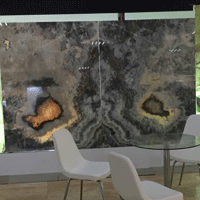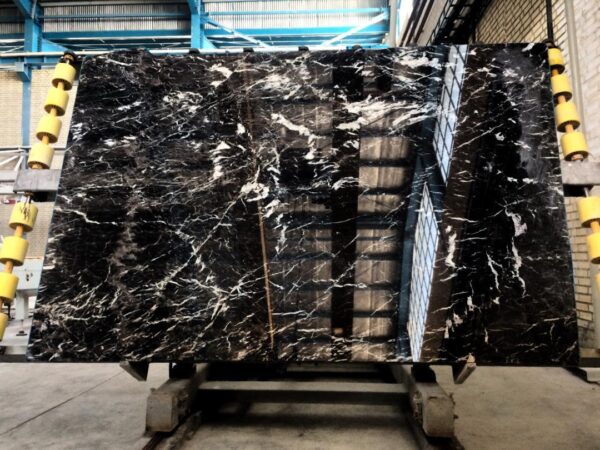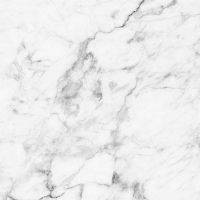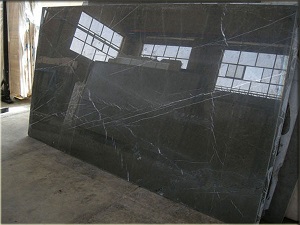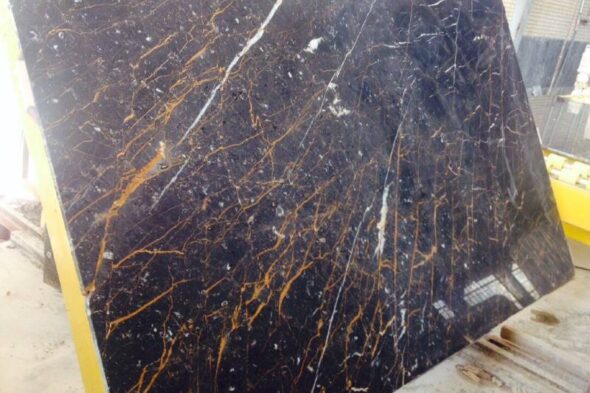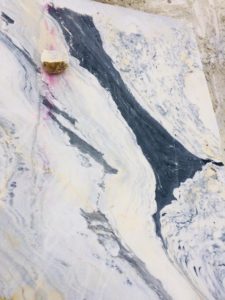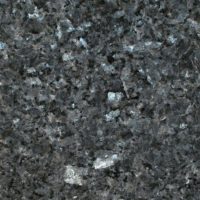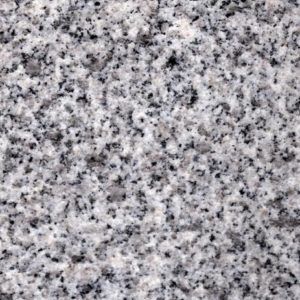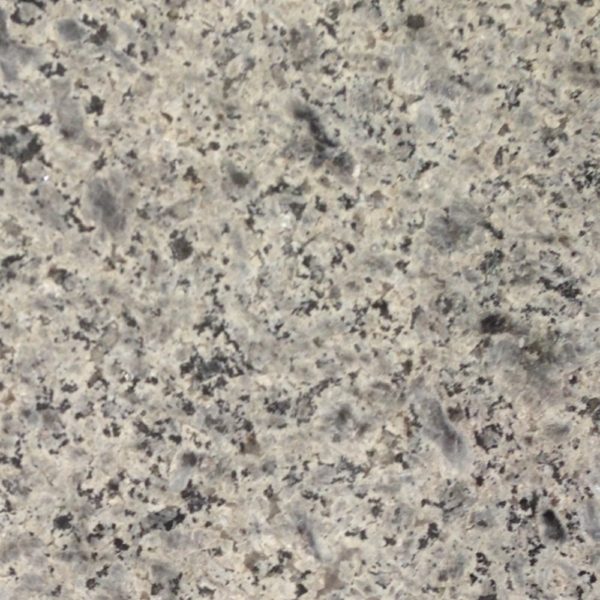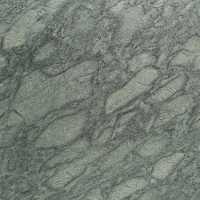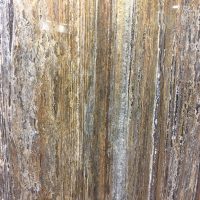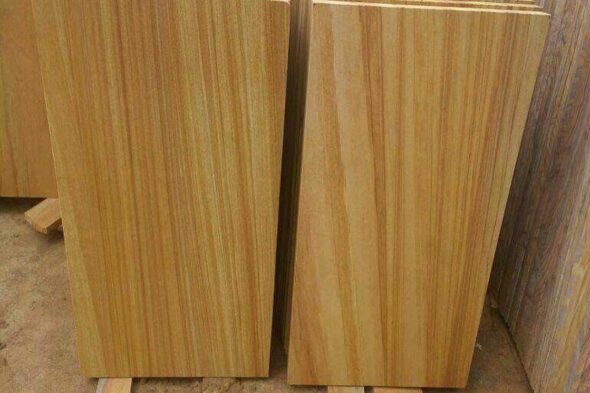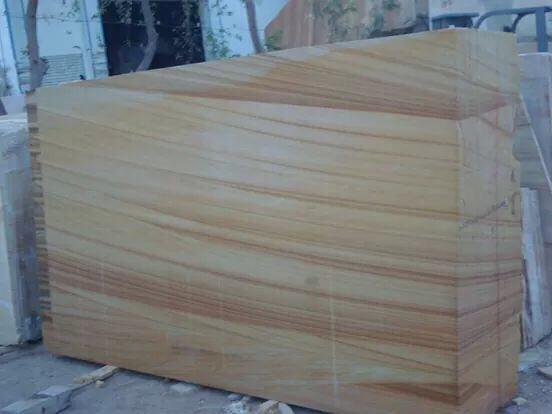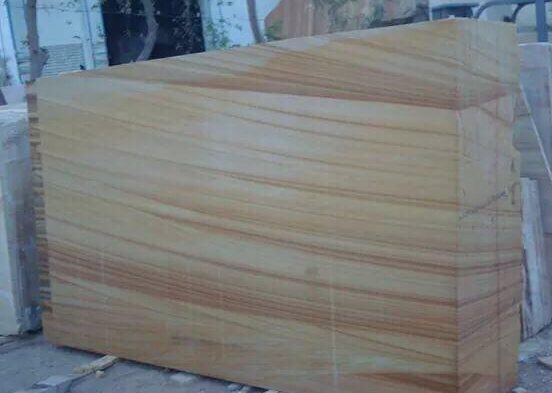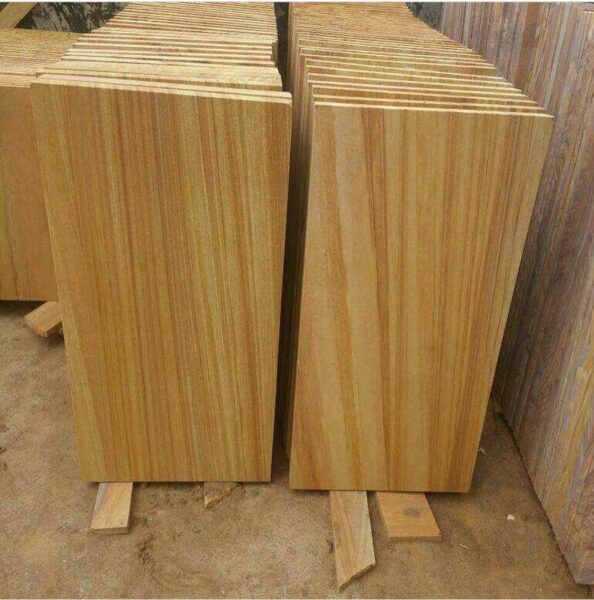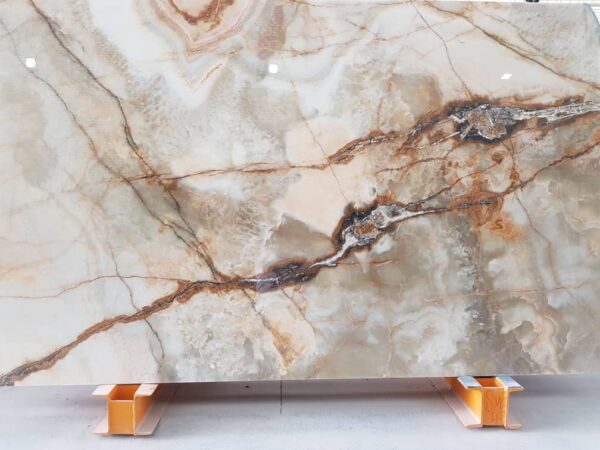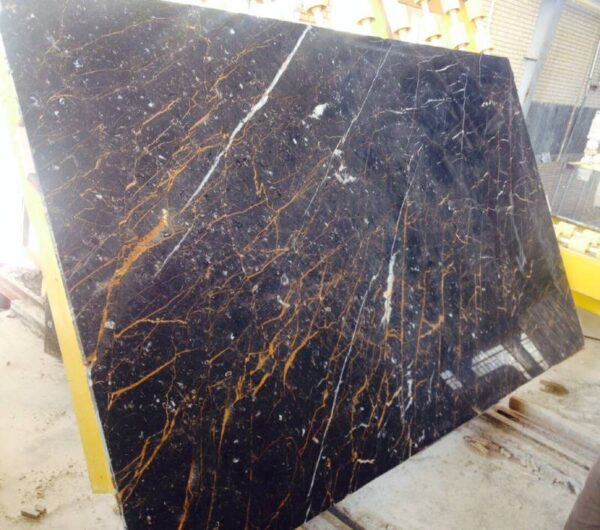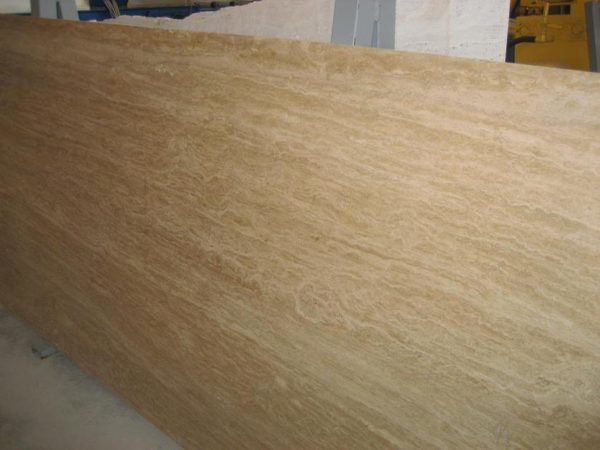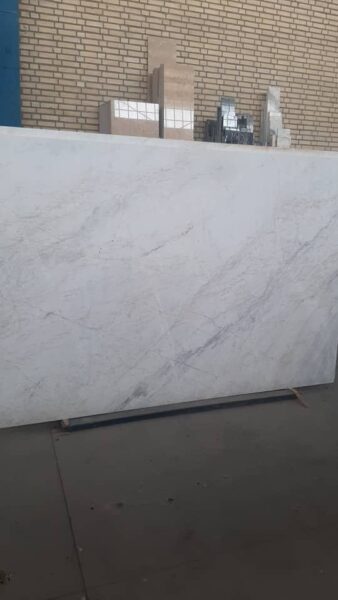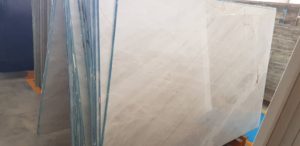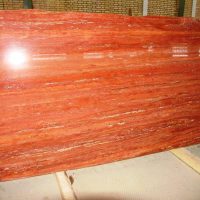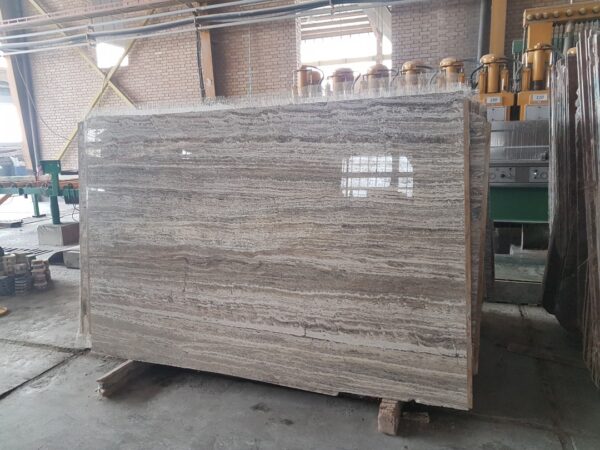Elevate Your Space with Elegance
Introduction to Onyx Home Design
Onyx home design incorporates the luxurious and sophisticated qualities of onyx stone into interior spaces. Known for its stunning appearance and unique patterns, onyx adds a touch of elegance and opulence to any home. In this article, we’ll explore the beauty, benefits, and various applications of onyx in home design, helping you understand why it’s a fantastic choice for your next renovation or decor project.
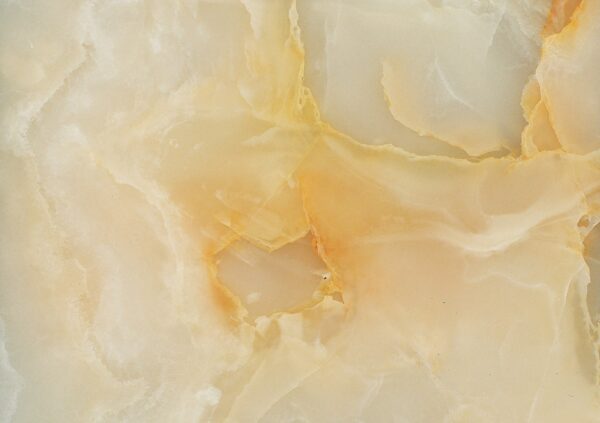

The Beauty of Onyx
1. Unique Aesthetic Appeal
One of the most striking features of onyx is its unique aesthetic. Each piece is characterized by distinctive patterns and color variations, ranging from soft whites and creams to deep greens and blacks. This natural beauty makes onyx a focal point in any room. Whether used in flooring, wall cladding, or decorative accents, onyx creates a stunning visual impact.
2. Translucent Quality
Onyx is a translucent stone, which allows light to pass through it. This feature can be creatively utilized in home design:
- Backlit Features: Incorporating backlighting behind onyx slabs can enhance its colors and patterns, creating a mesmerizing glow. This is particularly popular in bar tops, kitchen islands, and wall panels.
- Artistic Installations: Designers often use onyx as an artistic element, such as in custom light fixtures or decorative screens, transforming ordinary spaces into extraordinary experiences.
https://www.rockstone.biz/green-onyx/
Benefits of Onyx in Home Design
1. Durability and Longevity
Onyx is a durable stone that, when properly cared for, can last a lifetime. It is resistant to scratching and can withstand daily wear and tear. This makes it an excellent choice for high-traffic areas such as kitchens and bathrooms.
2. Versatile Applications
Onyx can be used in various ways throughout the home, including:
- Countertops: Onyx countertops add a luxurious touch to kitchens and bathrooms. They are not only visually stunning but also heat-resistant, making them practical for cooking and food preparation.
- Wall Cladding: Using onyx as wall cladding can transform any room, adding depth and elegance. It works beautifully in living rooms, dining areas, and even bedrooms.
- Fireplace Surrounds: An onyx fireplace surround can serve as a striking centerpiece in a living space, enhancing both the aesthetic and warmth of the room.
https://www.rockstone.biz/green-onyx-stone-benefits/
Tips for Incorporating Onyx in Your Home
1. Choose the Right Color and Pattern
When selecting Onyx, consider the color scheme and style of your home. Lighter colors can make a space feel larger and more open, while darker tones can add depth and coziness. Look for patterns that complement your existing decor.
2. Pair with Complementary Materials
Onyx pairs beautifully with various materials, such as wood, glass, and metal. Consider combining onyx with these materials to create a harmonious and balanced look in your design.
3. Professional Installation
Due to its weight and fragility, it’s crucial to have onyx installed by professionals. Proper installation ensures that the stone is handled carefully and securely, reducing the risk of damage.

